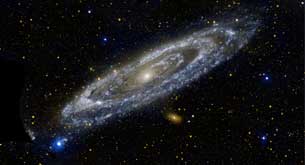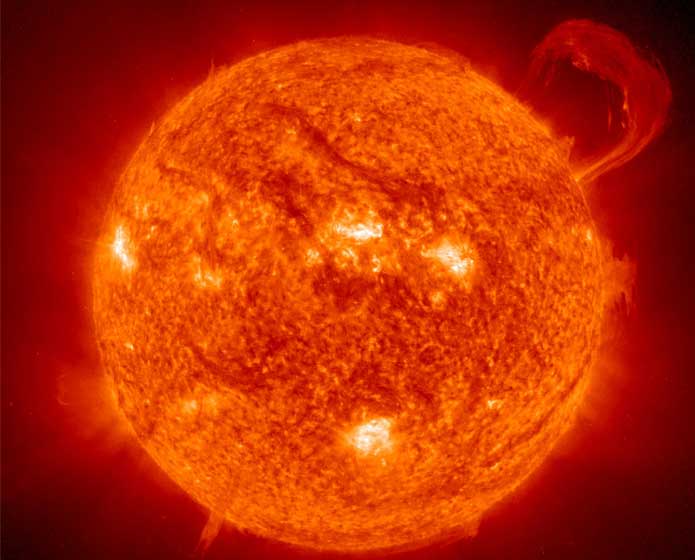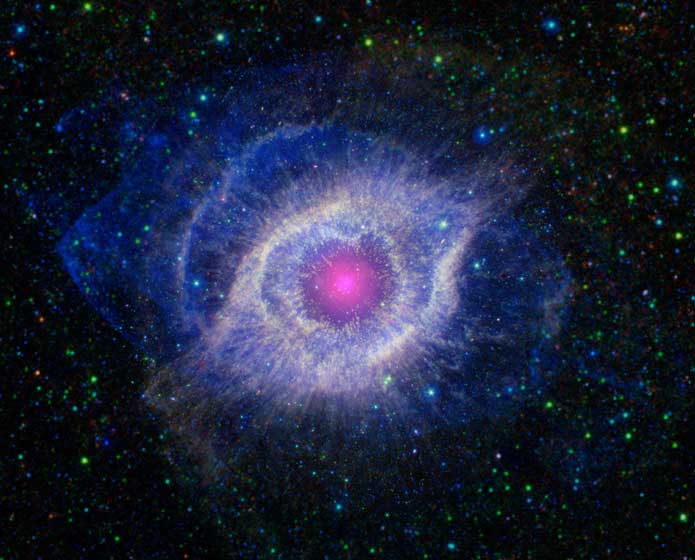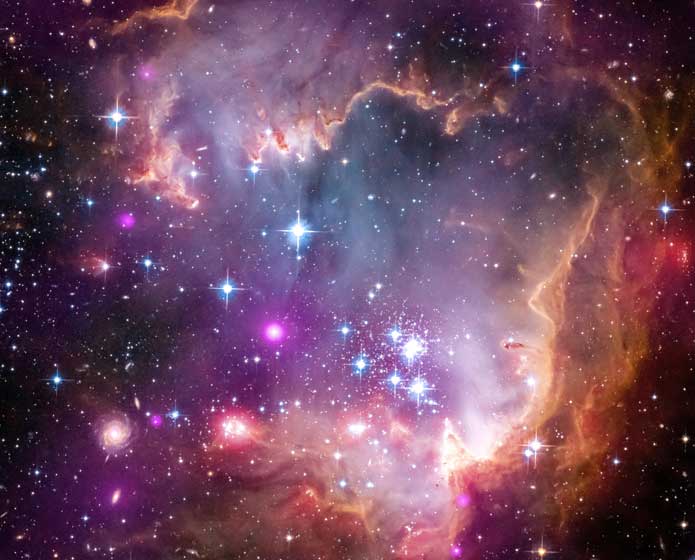Photo credit: nasa.gov
Facts About Stars for Kids
Learn about Stars, Galaxies and our Universe
Posted by Admin / in Science Facts
On a clear night we can see what looks like thousands of stars in the sky. The fact is, there are actually trillions of stars in the sky. Many are so far away we cannot see them without a special telescope. Scientists think the universe is so large that even with special telescopes, they are not even close to being able to see all the stars in the universe. Find out many different interesting facts about stars.

Although we cannot see our own galaxy, the Milky Way, while we are in it, the Andromeda galaxy next to our own, gives us an idea of what a galaxy of stars looks like.
Photo credit: nasa.gov
Interesting Facts About Stars
- Our sun, the center of our solar system, is a star.
- Stars are suns, but they are very far away from Earth, so they look very small.
- Our sun is an average size sun.
- Some stars are much larger than our sun. A star known as W26 is probably the largest star that astronomers have identified. Scientists estimate that W26 is about 1500 times larger than our sun. W26, which is a red supergiant star, is located in the Milky Way about 14,000 light years from Earth.
- W26 is not the closest star to Earth. Alpha Centauri is the closest star to Earth at a distance of 24 trillion miles (38 trillion kilometers) or 4 light years away.
- Stars also have different colors. The color of the star is related to its temperature and how long the star will burn.
- The hottest stars are blue or white.
- Yellow stars have a medium temperature. Our sun is a yellow star and is about 60,000 K at the surface.
- The coolest stars are orange and red stars.
- Blue stars, which are also the hottest stars, burn out the quickest.
- White and yellow stars have an average life span.
- Scientists think that red stars burn the longest.
- As they age, giant, very bright stars like giant blue stars will swell into a supergiant. They will then explode and when they do, scientists call them a supernova. Soon after, the supernova will collapse to form a black hole. Black holes are very dense material with an extremely high gravitational pull. The gravity in a black hole is so great that even light cannot escape.
- A supernova is very bright. It may be brighter during its last few seconds than the total light released by our sun over the next 200 million years.
- A pulsar is the result of when a hot giant star explodes. A tiny spinning neutron star sometimes results from this type of exploding star. A pulsing flash of light is given off by a pulsar. The light is so great that astronomers are able to see pulsars a great distance away using a telescope.
- Neutron stars have extremely high magnetic fields. Scientists think that a neutron star may have a magnetic field trillions of times stronger than our sun.
- Nebula is clouds of dust and gas in space. Some nebula is the result of stars that exploded.
- Astronomers are not sure if all stars have planets like our own solar system. Planets are very difficult to see over long distances, so until we have better telescope technology, we may not know the answer.



